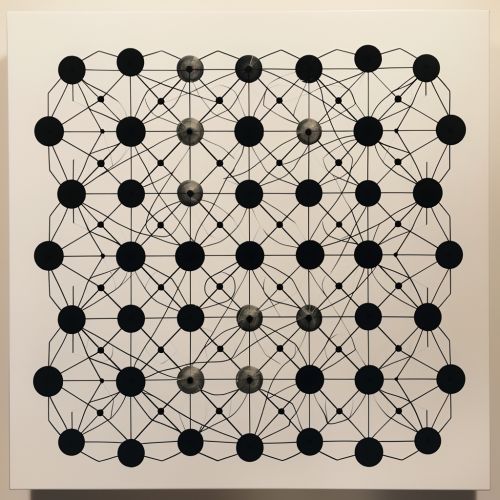Bijection
Definition and Basics
A bijection is a function that is both an injection and a surjection. This means that a bijection is a function which relates the elements of two sets one-to-one onto each other. In other words, it is a function that is both one-to-one (an injection) and onto (a surjection), ensuring that every element in the domain corresponds to exactly one element in the codomain, and vice versa.


Mathematical Formalism
In the language of set theory, a bijection is defined as a function f from a set X to a set Y with the property that, for every y in Y, there is exactly one x in X such that f(x) = y. Conversely, this means that the function f is invertible with inverse f−1: Y → X.
Properties of Bijections
Bijections have several important properties that make them a central concept in many areas of mathematics. These properties include:
- Invertibility: Bijections are always invertible. This means that if f : X → Y is a bijection, there exists a function g : Y → X such that g(f(x)) = x for all x in X, and f(g(y)) = y for all y in Y. The function g is called the inverse of f.
- Composition: The composition of two bijections is also a bijection. If f : X → Y and g : Y → Z are bijections, then the composition g(f(x)) is a bijection from X to Z.
- Identity: The identity function on any set X is a bijection from X to itself.
- Permutations: Bijections from a set to itself are exactly the permutations of the set.
Bijections and Cardinality
Bijections are closely related to the concept of cardinality in set theory. Two sets are said to have the same cardinality if there exists a bijection between them. This allows for the comparison of the sizes of sets, including infinite sets, in a way that extends the usual notion of size for finite sets.
Bijections in Other Areas of Mathematics
Bijections are a fundamental concept in many areas of mathematics, including:
- Algebra: In algebra, bijections are used to define isomorphisms between algebraic structures. An isomorphism is a bijection that preserves the structure in question.
- Topology: In topology, a homeomorphism is a continuous bijection with a continuous inverse. Homeomorphisms are the isomorphisms in the category of topological spaces.
- Geometry: In geometry, an isometry is a distance-preserving bijection between metric spaces.
- Combinatorics: In combinatorics, bijections are used to count combinatorial objects. If there is a bijection between two sets of combinatorial objects, then they must have the same number of elements.
